Los Angeles Dodgers Phone Number, Fanmail Address, Autograph Request and Contact Details
If you want to know about Los Angeles Dodgers real phone number and also looking for Los Angeles Dodgers email and fanmail address then, you are at the correct place! We are going to give you the contact information of Los Angeles Dodgers like their phone number, email address, and Fanmail address details.
Los Angeles Dodgers Contact Details:
TEAM NAME:Los Angeles Dodgers
ESTABLISHED IN: 1883, Brooklyn, New York, United States
HEADQUARTERS: Los Angeles, California, United States
STADIUM: Dodger Stadium
OWNER: Guggenheim Baseball Management
PRESIDENT:Andrew Friedman
CEO:Stan Kasten
HEAD COACH:not known
GENERAL MANAGER: Dave Roberts
INSTAGRAM:https://www.instagram.com/dodgers/
TWITTER:https://twitter.com/Dodger
FACEBOOK:https://www.facebook.com/DodgersRecaps
YOUTUBE CHANNEL:https://www.youtube.com/watch?v=EFsD7KYptZA
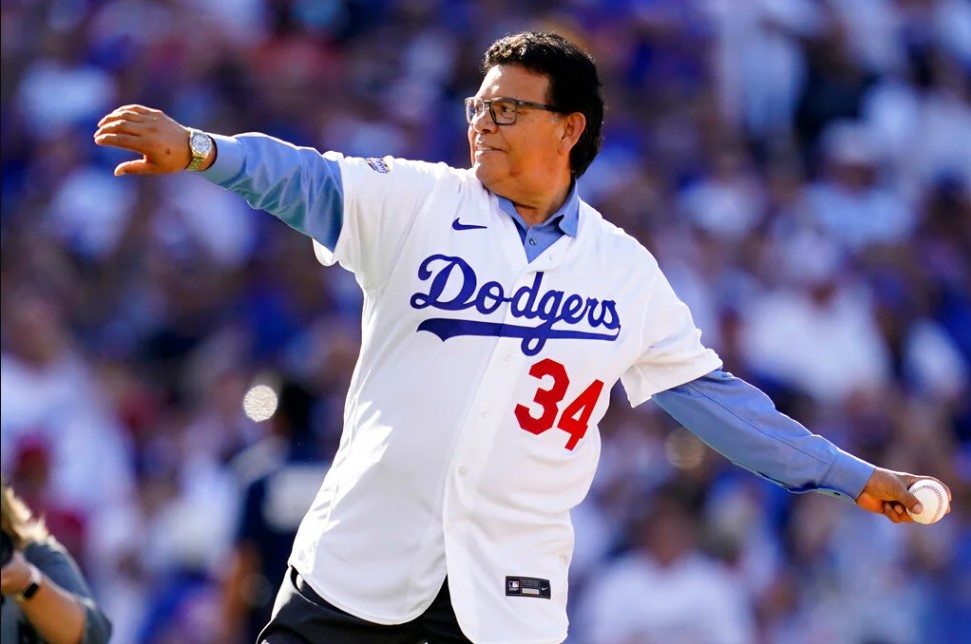
Los Angeles DodgersBio
They compete in the National League’s Western Division. The team began in Brooklyn before relocating to Los Angeles in 1958. Brooklyn has a history of outstanding baseball clubs dating all the way back to the mid-1850s, most notably the Brooklyn Atlantics, Brooklyn Eckfords, and Brooklyn Excelsiors, who combined to dominate play in the National Association of Base Ball Players through the late 1860s. In 1858, an all-star game between New York and Brooklyn was the first baseball game to charge admission. Additionally, Brooklyn was home to the game’s first two enclosed baseball fields, the Union Grounds and the Capitoline Grounds, which accelerated the game’s transition from amateurism to professionalism. Despite their success in amateur baseball, no strong Brooklyn-based club emerged following the formation of the first professional league, the National Association of Professional Baseball Players, in 1871.
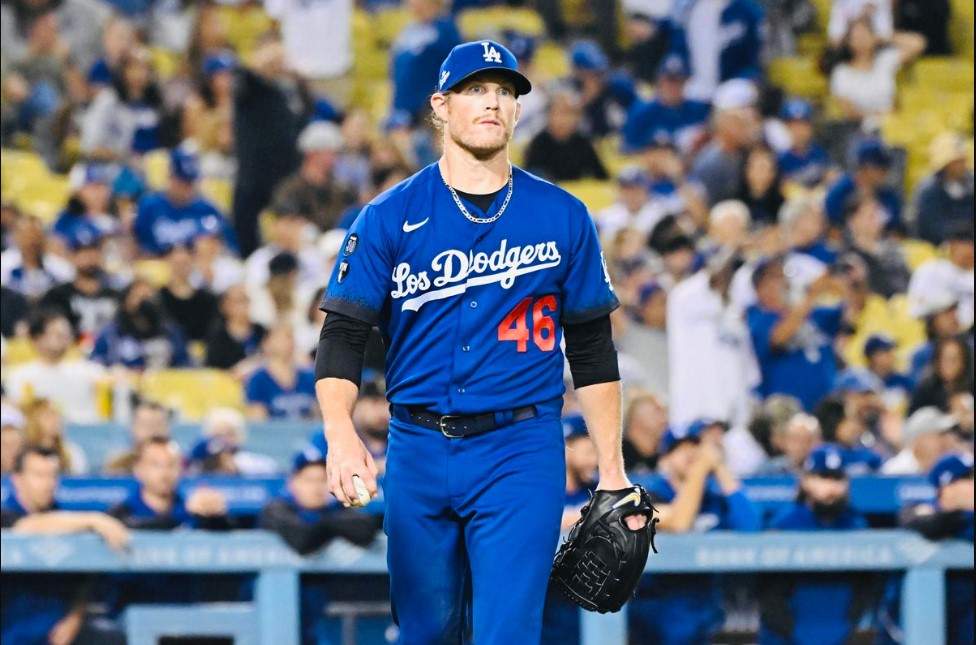 1889, the “Bridegrooms” won the AA pennant. After joining the National League in 1890, the franchise became the first in Major League Baseball history to win pennants in two different leagues consecutively. Eight years passed without further success. The soon-to-be-defunct Baltimore Orioles sold several Hall of Fame players to Brooklyn, along with manager Ned Hanlon. This propelled Brooklyn into immediate contention, and “Hanlon’s Superbas” earned pennants in 1899 and 1900. This era’s teams competed in two major ballparks: Washington Park and Eastern Park. They were originally known as the “Trolley Dodgers,” later abbreviated to Dodgers, while playing at Eastern Park in the 1890s due to the difficulty fans faced getting to the ballpark due to the abundance of trolley lines in the area. Additionally, the club merged with the New York Metropolitans in 1888 for territorial protection and star contracts, with the Brooklyn Wonders in 1891 as part of the Players League settlement, and with the Baltimore Orioles (NL) in 1900 as part of the National League’s club consolidation.
1889, the “Bridegrooms” won the AA pennant. After joining the National League in 1890, the franchise became the first in Major League Baseball history to win pennants in two different leagues consecutively. Eight years passed without further success. The soon-to-be-defunct Baltimore Orioles sold several Hall of Fame players to Brooklyn, along with manager Ned Hanlon. This propelled Brooklyn into immediate contention, and “Hanlon’s Superbas” earned pennants in 1899 and 1900. This era’s teams competed in two major ballparks: Washington Park and Eastern Park. They were originally known as the “Trolley Dodgers,” later abbreviated to Dodgers, while playing at Eastern Park in the 1890s due to the difficulty fans faced getting to the ballpark due to the abundance of trolley lines in the area. Additionally, the club merged with the New York Metropolitans in 1888 for territorial protection and star contracts, with the Brooklyn Wonders in 1891 as part of the Players League settlement, and with the Baltimore Orioles (NL) in 1900 as part of the National League’s club consolidation.
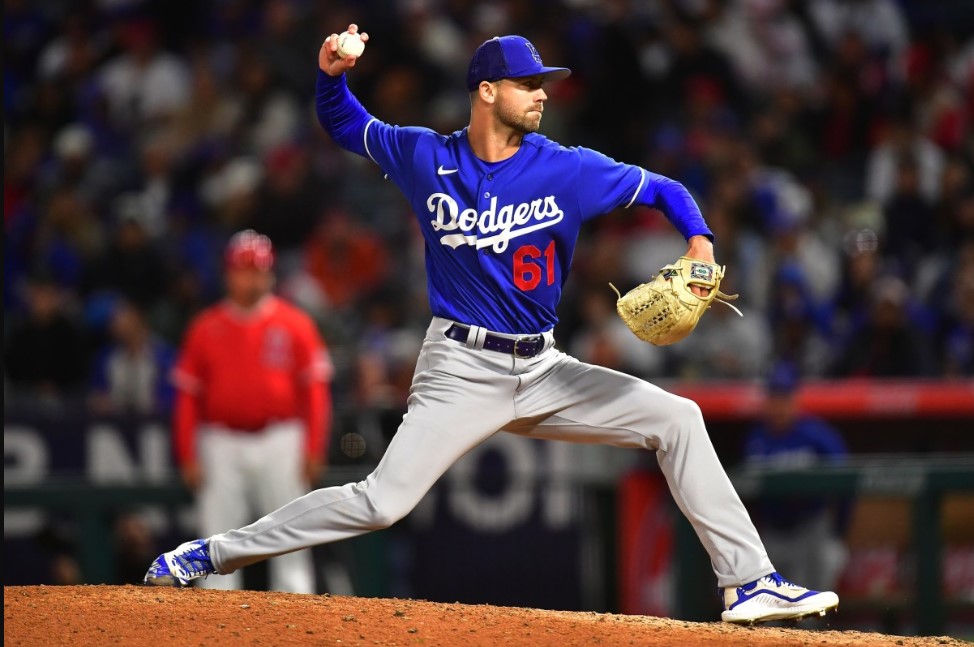
His plan was thwarted by a lifelong club employee, Charles Ebbets, who incurred significant debt in order to purchase the team and keep it in the borough. Ebbets’ ambition did not end with the ownership of the team. He desired to replace Washington Park with a new ballpark and invested heavily in the construction of Ebbets Field, which would become the Dodgers’ home in 1913. The “Daffiness Boys” and “Uncle Robbie” Wilbert Robinson, another former Oriole and popularly known as “Uncle Robbie,” restored respectability to the Brooklyn team, with the “Robins” winning pennants in the 1916 and 1920 World Series and contending for several seasons. However, after assuming the presidency, Robinson’s ability to concentrate on the field deteriorated, and the late 1920s teams became known as the “Daffiness Boys” for their distracted, error-prone style of play.
Babe Herman, the outfielder, was the leader in both hitting and zaniness. Robinson returned to management following his removal as club president, and the club’s performance improved slightly. During this era, Willard Mullin, a well-known sports cartoonist, gave the Brooklyn team the endearing nickname “Dem Bums.” Following his cab driver’s inquiry, “How did those bums do today?” Mullin chose an exaggerated version of renowned circus clown Emmett Kelly to represent the Dodgers in his widely praised cartoons for the New York World-Telegram. Both the image and the moniker became popular, to the point where numerous Dodger yearbooks featured a Willard Mullin illustration of the Brooklyn BuThe 1934 Dodgers were determined to make their presence felt.
As it turned out, the Giants finished the season tied for the pennant with the St. Louis Cardinals, with the Giants’ final games against the Dodgers. Stengel led his Bums to the Polo Grounds for the showdown, where they defeated the Giants twice to eliminate them from contention for the pennant. The Cardinals’ “Gas House Gang” clinched the pennant with a two-game sweep of the Reds those same two days. Brooklyn’s 6-1 victory over Cincinnati at Ebbets Field on August 26, 1939 was the first major-league baseball game to be televised. Major League Baseball began using batting helmets in 1941, with the Dodgers.
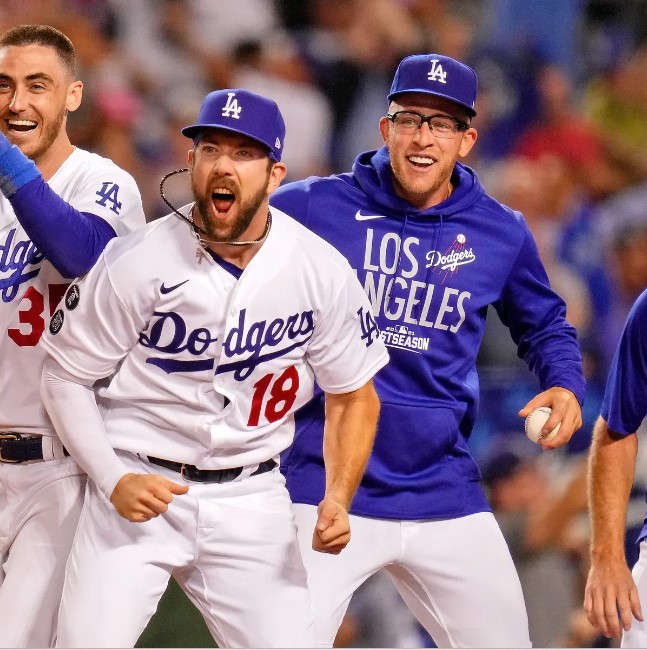
Throughout the first half of the twentieth century, there was not a single African-American Major League Baseball player. A parallel system of Negro Leagues developed, but many of the era’s most gifted players were never given the opportunity to showcase their abilities in front of a national audience. Jackie Robinson took the first step toward redressing this injustice when he made his major-league debut as a member of the Brooklyn Dodgers on April 15, 1947. This event foreshadowed the integration of sports in the United States, as well as the demise of the Negro Leagues, and is widely regarded as a watershed moment in the American Civil Rights movement’s history. Robinson was an exceptional player, a quick runner who energised the entire team, and was named the league’s first Rookie of the Year. “You’ll have to wait until the following year!” The Dodgers were rebuilt into a contending club following the wilderness years of the 1920s and 1930s, first under general manager Larry MacPhail and then under legendary manager Branch Rickey.
The Dodgers won pennants in 1941, 1947, 1949, 1952, and 1953, led by Pee Wee Reese, Jackie Robinson, and Gil Hodges in the infield, Duke Snider in centre field, Roy Campanella at the plate, and Don Newcombe on the mound. They were defeated by the New York Yankees in all five of those World Series, however. The annual ritual of building anticipation, followed by disappointment, became routine for long-suffering fans, and “Wait ’til next year!” became an unofficial Dodger slogan. Although the Dodgers lost the World Series to the Yankees once more in 1956 (bwould go on to greatness as a manager) now manages the team.
Walter O’Malley, a real estate developer, acquired majority ownership of the team in 1950 by purchasing the shares of co-owner Branch Rickey. He was soon acquiring new land in Brooklyn in order to construct a ballpark that would be more accessible and well-equipped than Ebbets Field. As beloved as it was, Ebbets Field had deteriorated in age and infrastructure, to the point where the National League’s most pennant-contending team couldn’t sell out the park even in the heat of a pennant race. However,
New York City’s building czar Robert Moses attempted to coerce O’Malley into using a site in Flushing Meadows, Queens (which would eventually become Shea Stadium, home of the New York Mets). Moses’ vision called for a city-built, city-owned park, which ran counter to O’Malley’s real estate acumen. When O’Malley realised he would not be permitted to purchase any suitable land in Brooklyn, he began to consider other options. When the city fathers of Los Angeles attended the 1955 World Series in an effort to entice a team to relocate to the City of Angels, they were not thinking of the Dodgers. The Senators in Washington, D.C., were their initial target (who would in fact move to Minnesota in 1961). Simultaneously, O’Malley sought a backup plan in case Moses and other New York politicians refused to allow him to construct the Brooklyn stadium he desired. O’Malley communicated his interest in speaking with Los Angeles officials during the Series.
Los Angeles provided him with an opportunity that New York would not: the opportunity to purchase land suitable for a new ballpark. Meanwhile, New York Giants owner Horace Stoneham faced a similar challenge in finding a replacement for his ageing home stadium, and the two archrival teams relocated to the West Coast together. On April 18, 1958, in front of 78,672 fans at the Coliseum, the Dodgers played their first game in Los Angeles, defeating the San Francisco Giants 6-5. The Dodgers’ relocation to California sparked widespread controversy, perhaps more than any other franchise relocation during that era. Walter O’Malley, in particular, is vilified by some and lauded by others. While he undoubtedly exhibited some self-centeredness and greed, the same could be said of the New York City politicians who opposed him. Both sides were extremely obstinate and made fatal miscalculations.
Additionally, Brooklyn had deteriorated in numerous ways as a result of various social pressures, and was a far less desirable location for a baseball team than it had beenin the form of the New York Mets). O’Malley is also to be commended for his vision. Until 1958, St. Louis served as Major League Baseball’s westernmost outpost, but 12 of the league’s 30 teams now call a city farther west their home. O’Malley’s primary objective was to amass great wealth (which he did), and while his move certainly broke the hearts of many New Yorkers, it also helped propel baseball to greater prominence and prosperity. Beginning anew The construction of Walter O’Malley’s dream stadium began almost immediately in semi-rural Chavez Ravine, just north of downtown Los Angeles.
There was some political controversy, as the residents of the ravine, who were predominantly Hispanic and impoverished, resisted the eminent domain takeover of their homes and won some public sympathy. O’Malley and the city government, however, were unfazed, and construction continued. Meanwhile, the Dodgers played their home games from 1958 to 1961 at the Los Angeles Memorial Coliseum, a colossal football and track-and-field stadium built in preparation for the 1932 Summer Olympics. The dimensions of the Coliseum were unsuitable for baseball, and the only way to fit a diamond into the oval-shaped stadium was to run the third-base line along the oval’s short axis and the first-base line along the oval’s long axis. As shown in the illustration.
This resulted in a left-field fence that was only 250 feet from home plate, and the addition of a 40-foot screen to prevent home runs from becoming too easy to hit. Nonetheless, 182 home runs were hit to left field during the 1958 season, compared to three to centre field and eight to right field. Wally Moon, a newly acquired Dodgers outfielder for the 1959 season, developed an uncanny ability to launch lazy fly balls over the screen, dubbed “Moon shots.” The Dodgers benefited in 1959 from the National League’s overall decline. No team was dominant, and several teams remained in contention for the pennant until the bitter end. The Dodgers and Milwaukee Braves finished tied for the season, and the Dodgers won the tie-breaking playoff game. 1959 was also the only year between 1949 and 1964 when a team other than the Yankees won the American League pennant. The Dodgers defeated the “Go-Go” White Sox in a thrilling World Series in six games, solidifying the team’s bond with its new California fans. Pitching, defence, and speed are all necessary components of the game.
| Los Angeles Dodgers phone Number, Email ID, Website | |
|---|---|
| Phone Number | NA |
| House address (residence address) | NA |
| Official Website | NA |
| Snapchat Id | NA |
| Whatsapp No. | NA |
| https://www.instagram.com/dodgers/ | |
| https://www.facebook.com/DodgersRecaps | |
| Spotify | NA |
| https://twitter.com/Dodgers | |
| TicTok Id | NA |
| Email Address | NA |
| Office address | NA |
| Office Number | NA |
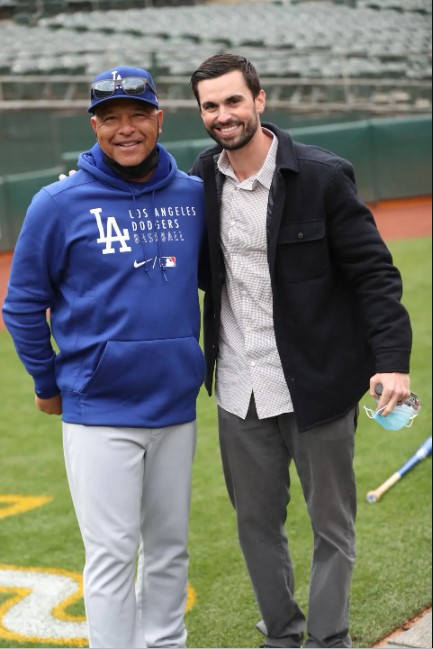
Best Methods to Contact Los Angeles Dodgers :
It is simpler to contact Los Angeles Dodgers with the below-written contact ways. We have composed the authenticated and verified communications methods data as given below:
1. Los Angeles Dodgers TikTok:
Los Angeles Dodgers has TikTok Account is on its own title name. He is posting their videos regularly. Follow Los Angeles Dodgers on TikTok and also get the latest updates and video recordings from their account.
2.Los Angeles Dodgers Instagram:
Instagram is the most used social media platform. You will get a bio of each and a very famous personality over Instagram. Even you can make contact with them through direct messages by using it. Likewise, you can utilize Instagram to see the Yungblud Insta profile and their latest pictures.
3. Los Angeles Dodgers Facebook:
Facebook is also the most famous social media platform. You can get the bio of each and every famous personality on Facebook. You can also contact them through direct messages. Likewise, you can use Facebook to see Los Angeles Dodgerss Facebook profile and their new pictures.
4. Los Angeles Dodgers Twitter:
It is simpler to find and contact famous personalities by using the popular social media app Twitter. You can tweet using their Twitter id so that they could view your tweet and reply back to you with relevant answers.
5. Los Angeles Dodgers Phone Number, House Address, Email
Here we discuss the most common contact methods like the phone number of Los Angeles Dodgers, email address, and their fanmail address.
Los Angeles Dodgers Phone number: NA
Los Angeles Dodgers Email id: NA
Los Angeles Dodgers Fanmail address:
1122 S Robertson Blvd # 15, Los Angeles, CA 90035, USA
Read Also:San Antonio Spurs Phone Number, Fanmail Address and Contact Details